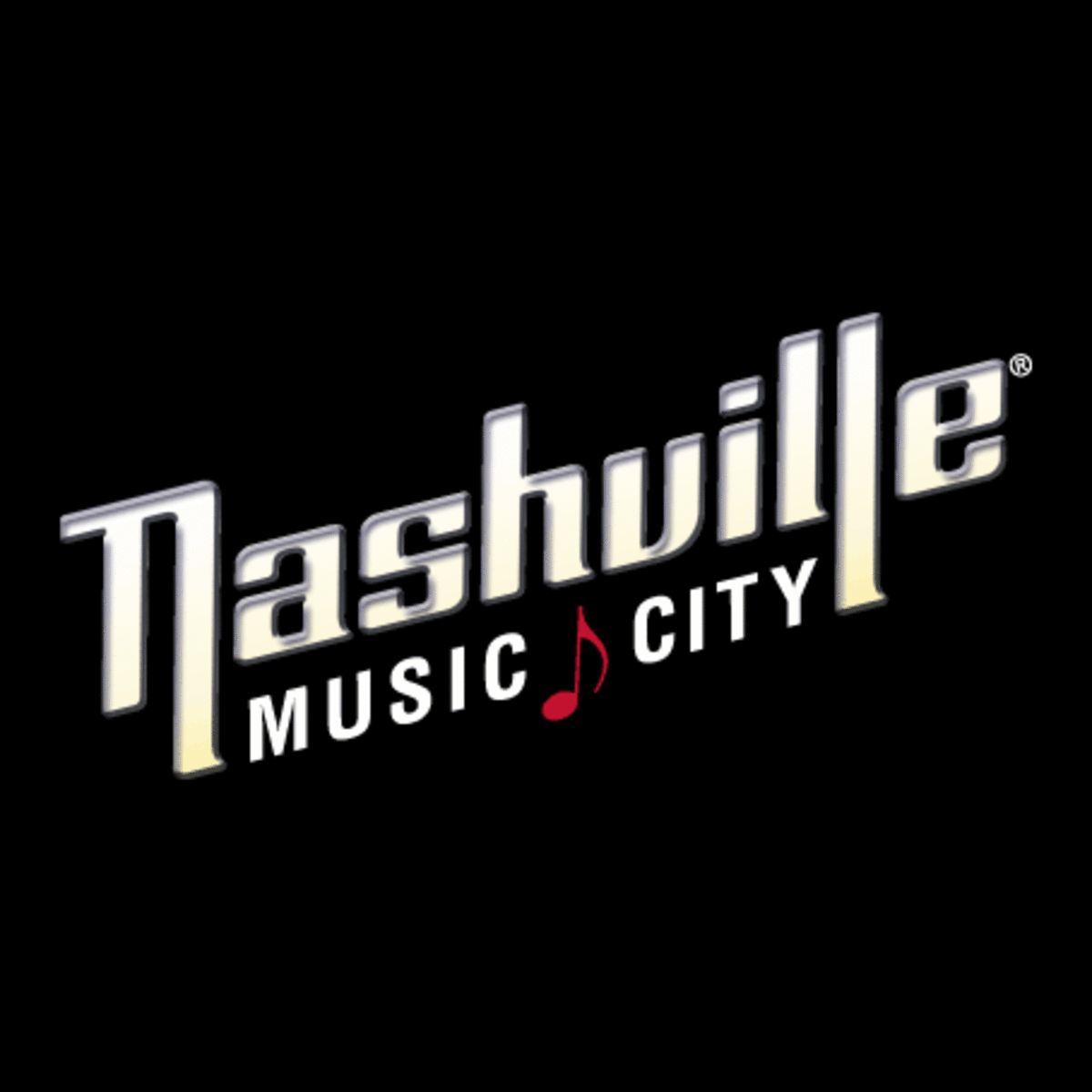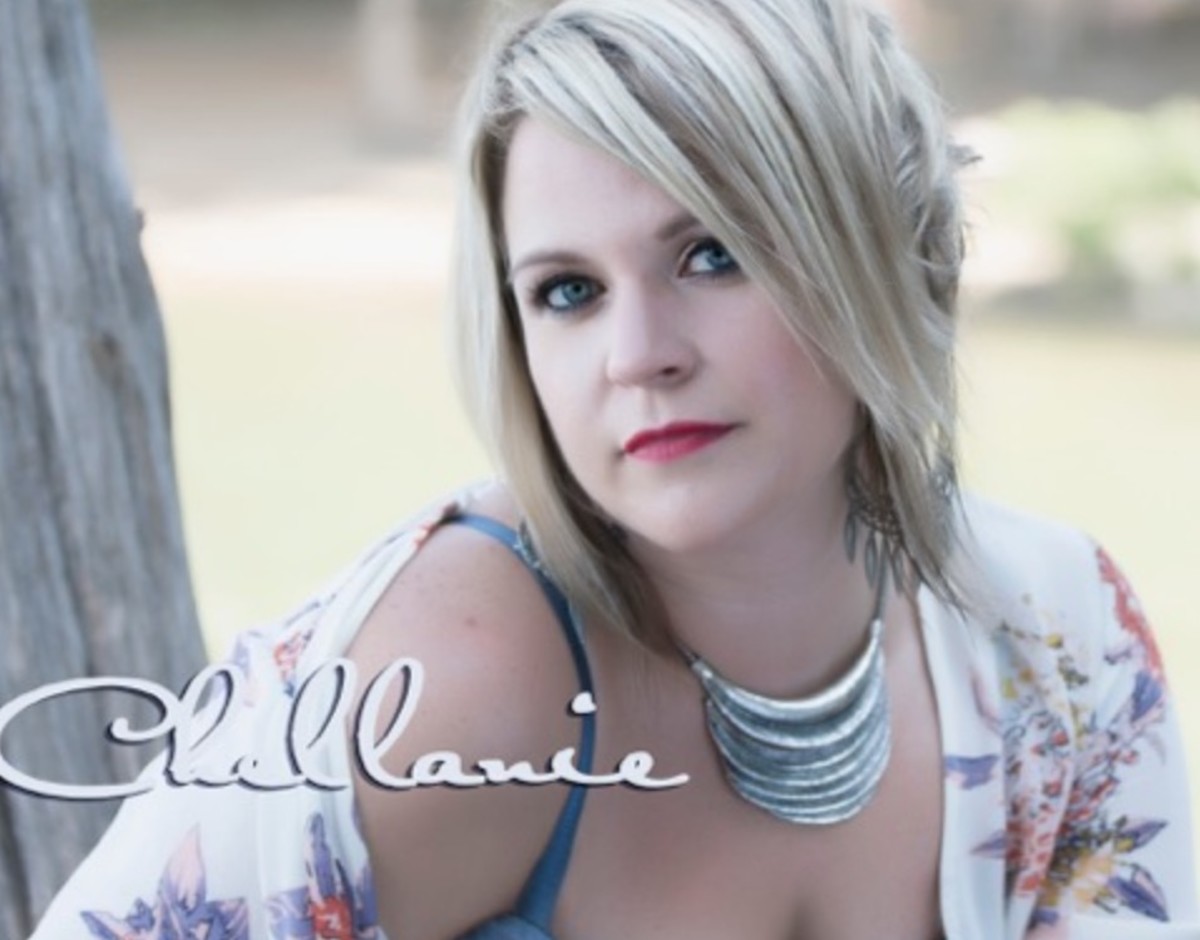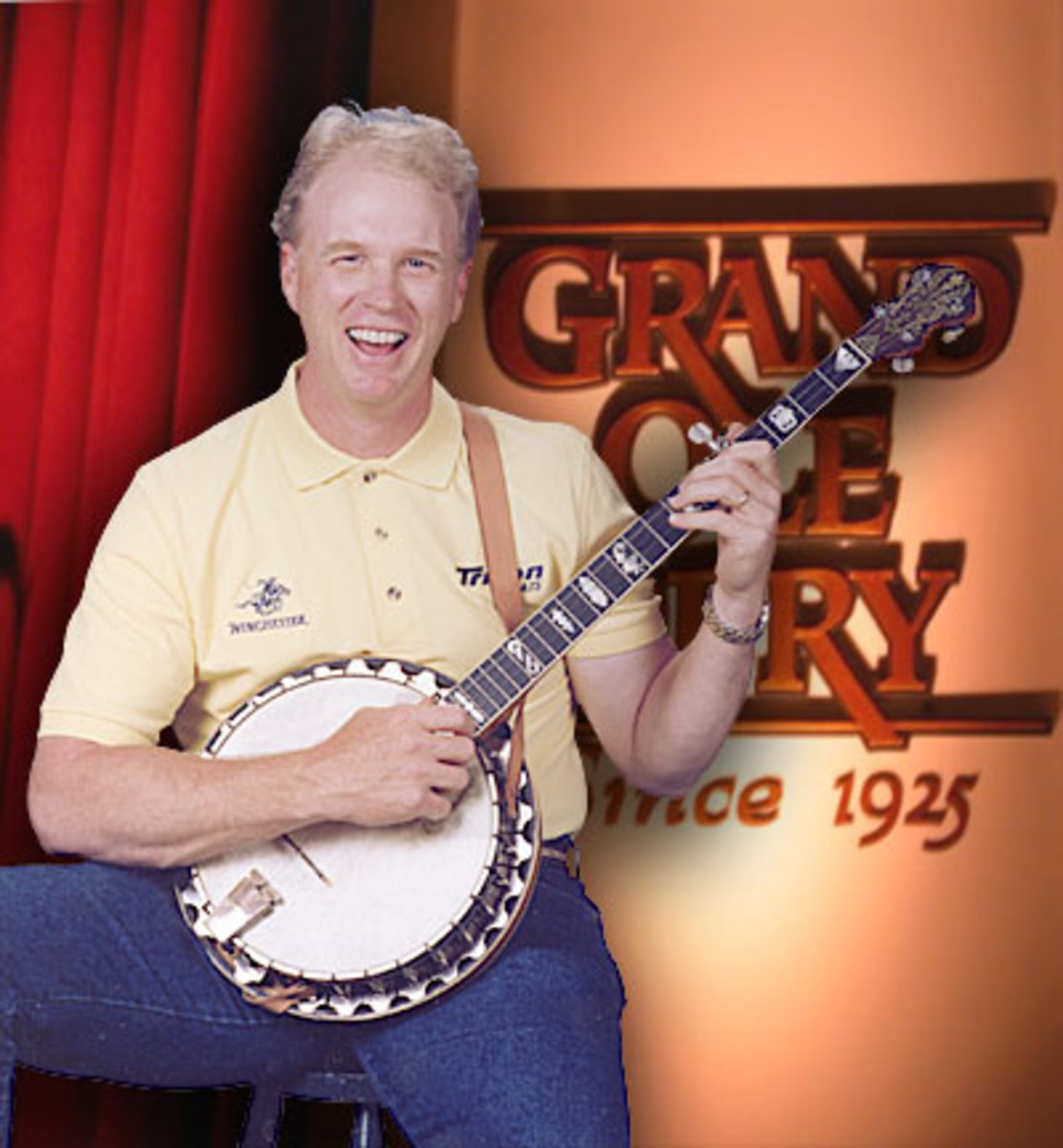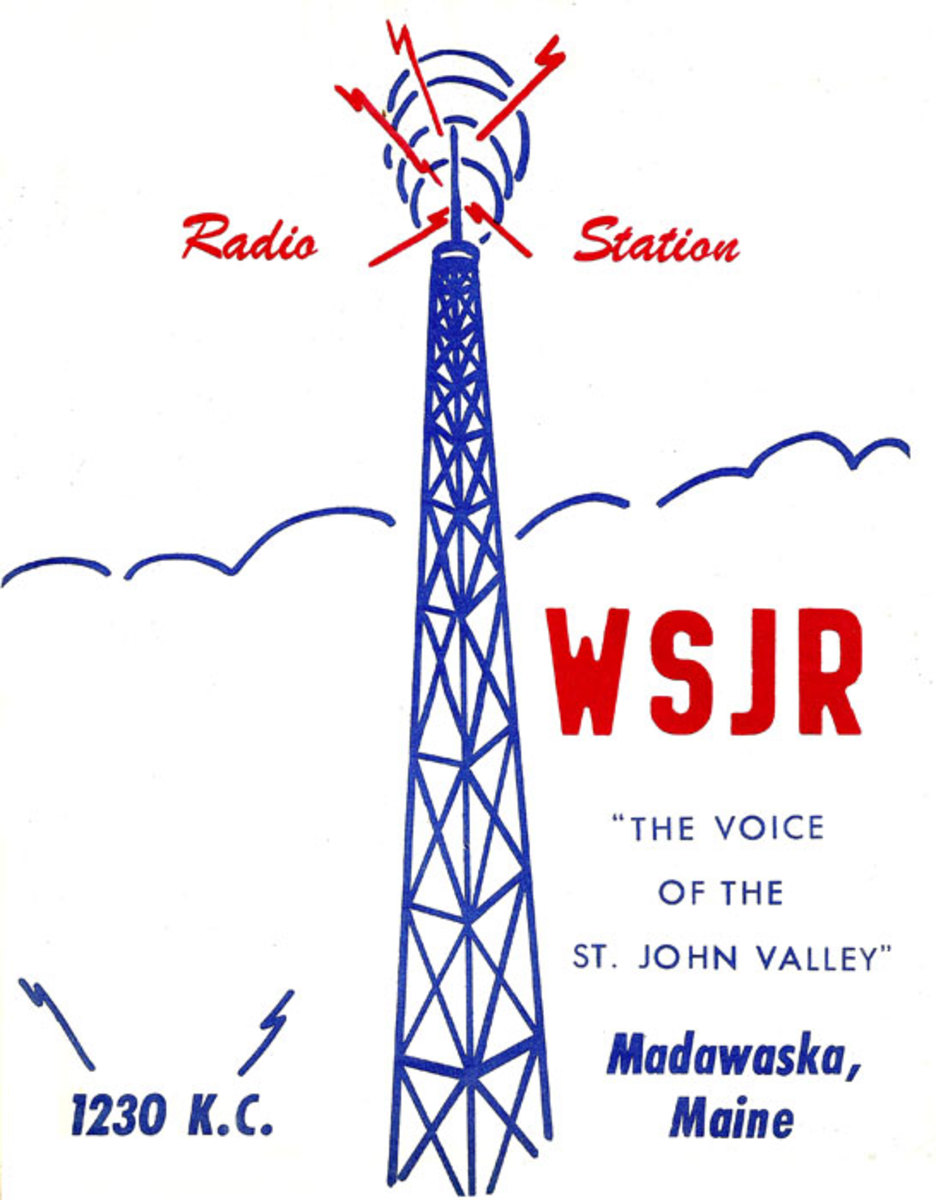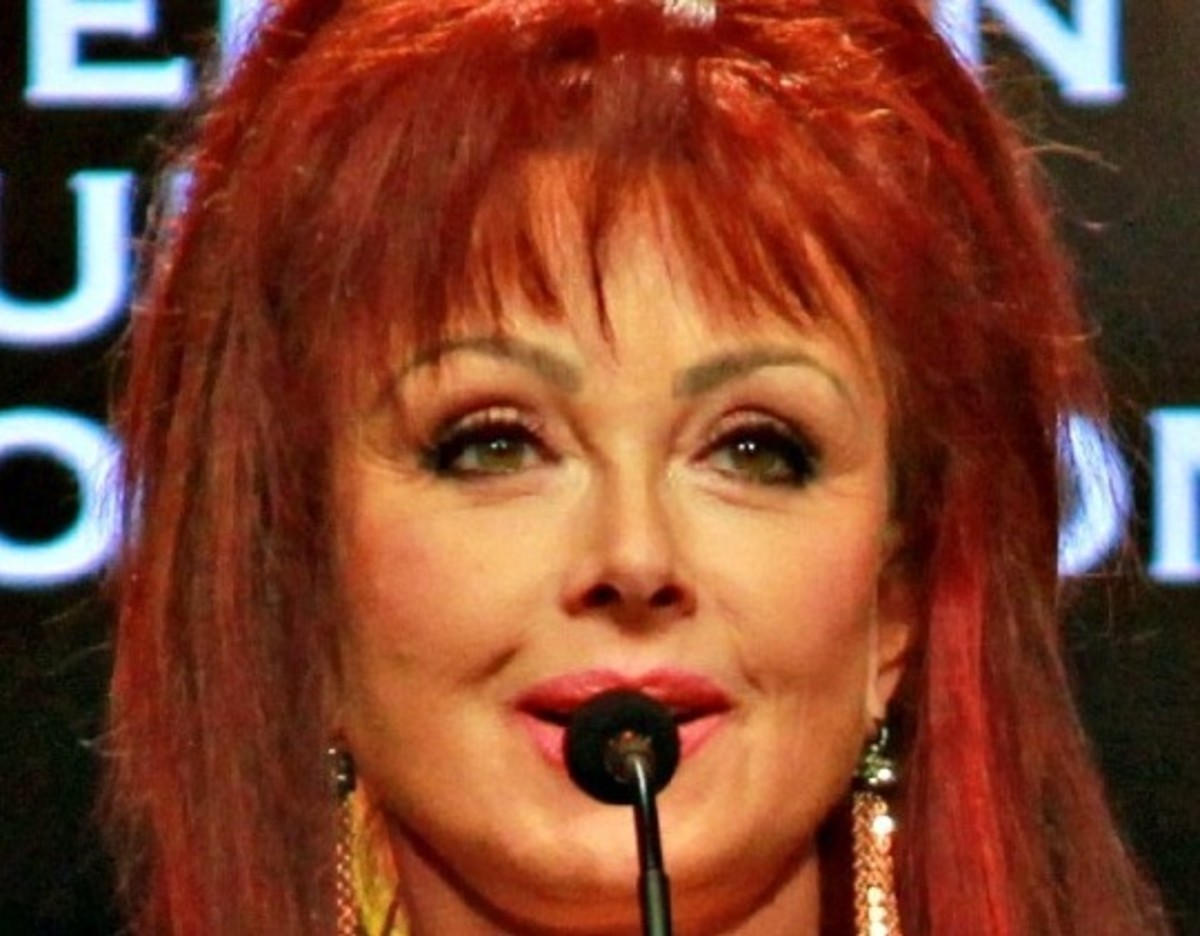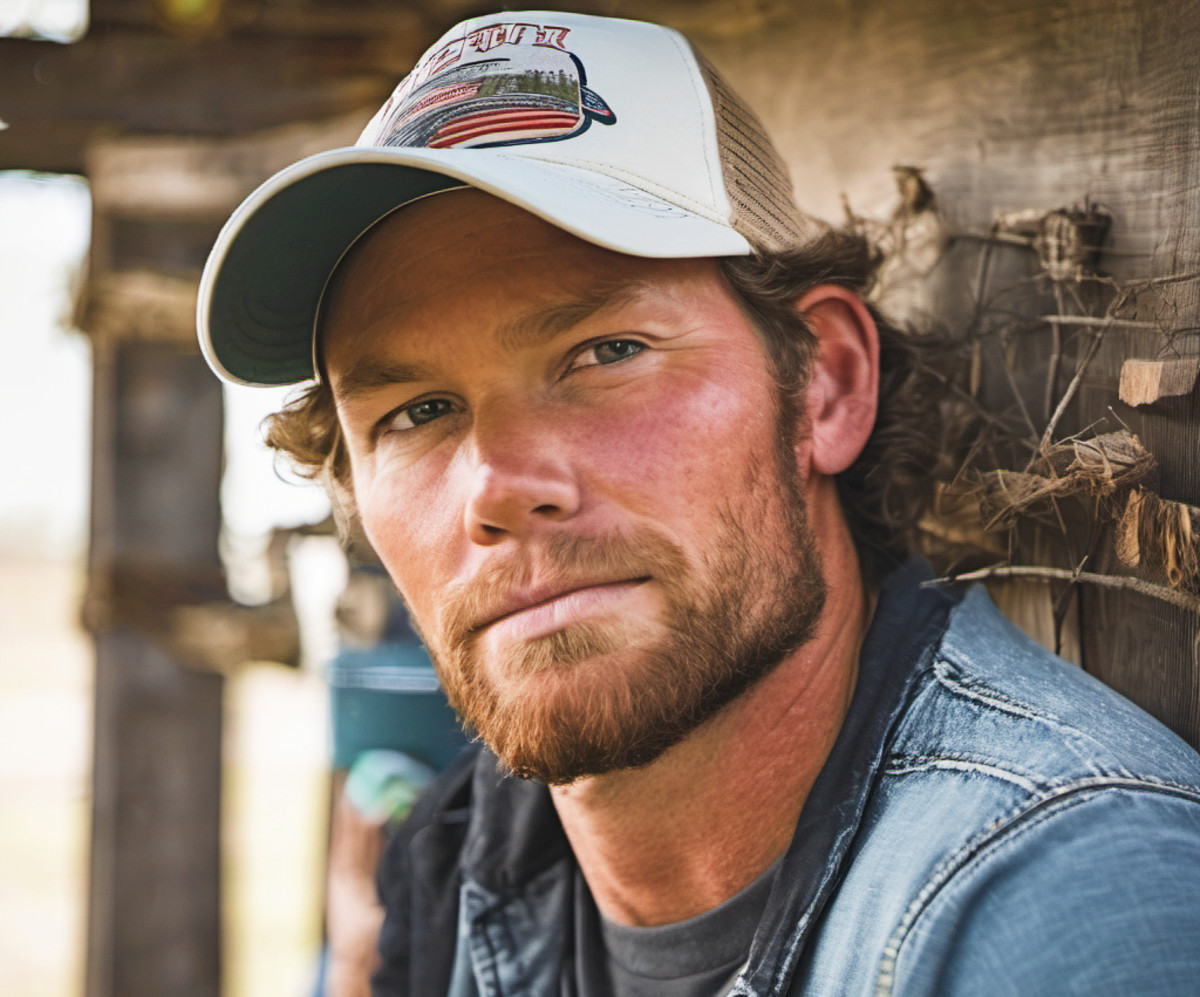Legacy of the Grand Ole Opry
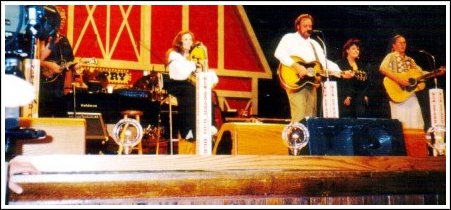

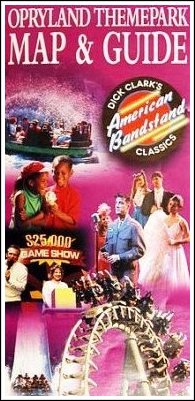
“The Grand Ole Opry” and Opryland Theme park both have their roots forever entwined in country music and its’ history. Although a version of the original Grand Ole Opry is still around, sadly the theme park isn’t.
Opryland USA, usually referred to simply as Opryland, was located in Nashville, Tennessee and operated from 1972 until 1997. It was hailed as the "Home of American Music" and during the late 1980’s drew nearly 2.5 million visitors annually. Opryland featured a large number of musical shows along with typical amusement park rides.
The theme park was opened on May 27, 1972 by the National Life and Accident Insurance Company, coincidentally the same firm which began the Grand Ole Opry as an advertising promotion. However, unlike the Opry, music at the park included not only country music but jazz, pop and rock and roll.
Over the years Opryland was bought and sold numerous times by various enterprises. Apparently none of them had little interest in maintaining the property as a theme park. However, the Opry is still going strong.
The Grand Ole Opry is a weekly stage concert which has consistently presented the biggest country and western music stars since its beginnings as a one-hour radio "barn dance" on WSM-AM in 1925. It has become one of the longest-running broadcasts in history and proffers a mix of country, bluegrass, folk, comedy and gospel.
There is a six-foot circle of dark, well worn, oak wood on the Opry House stage. It was cut from the stage of the Oprys’ famous former home, the Ryman Auditorium. This circle represents the spot where famous musicians like Uncle Dave Macon, Ernest Tubb, Patsy Cline, and others performed.

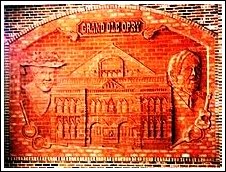
Country and Western star Brad Paisley commented on it. "That circle is the most magical thing when you're a performer," he said, "to stand there and get to sing on those same boards that probably still contain dust from Hank Williams' boots."
The Grand Ole Opry began broadcasting five years after the birth of commercial radio in the United States. It was The National Life and Accident Insurance Company which conceived the idea of building a radio station as a medium for advertising their company. The station's call letters, WSM, stood for their company's motto: "We Shield Millions."
According to Oprys’ general manager, Pete Fisher "The Grand Ole Opry celebrates country music's diversity. In addition, the Opry presents the many generations of artists who have formed country music's legacy and continue to forge its future course."

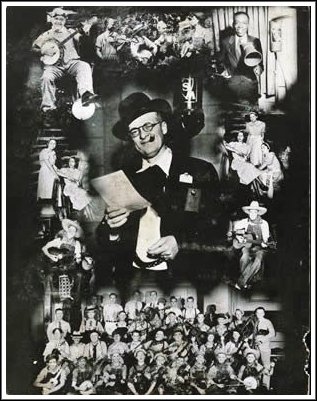
National Life hired a popular announcer, George D. Hay, as the station’s first program director. Hay, a former Memphis newspaper reporter, had recently hosted a barn dance show on a rival station. The initial broadcast went on the air at 8 p.m. on November 28, 1925. Hay soon referred to himself as "The Solemn Old Judge," though he was only 30. Included in the program was championship fiddler, Uncle Jimmy Thompson. The show became an immediate success. In 1927 the show’s name was changed to the Grand Ole Opry.
Fans soon choked hallways as they flocked to watch the performers. The company had to build an acoustically designed auditorium with a 500 person seating capacity. When the station increased broadcasting power to 50,000 watts in 1932, most of the United States and parts of Canada could tune into the Opry on Saturday nights.

The new auditorium was soon overflowing as the show’s increasing popularity drew even more fans. The Opry was forced to move several times to different places around Nashville before finding the Ryman Auditorium in 1943. The Ryman Auditorium was a former religious meeting place built in 1892 by riverboat shipping magnate Captain Thomas Ryman for traveling evangelist, Reverend Samuel Jones.
The Ryman Auditorium remained Oprys’ home for nearly 31 years. The official home of the Opry is now the Grand Ole Opry House the heart of a multi-million-dollar entertainment complex nine miles from downtown Nashville.
Up until 1938, the show had broadcast mostly instrumental performances. That changed when a young Roy Acuff was added to the cast that year. His performance of "The Great Speckled Bird" during his first performance forever changed the Opry programming format.
It wasn’t long before NBC Radio picked up the show in 1939, sponsored by Prince Albert Tobacco. In October 1943, the Prince Albert Show segment, with Acuff as the host, began airing on more than 140 NBC affiliates. The network show showcased Opry stars Uncle Dave Macon, Acuff, Deford Bailey, and Hay.
The 1940’s saw Opry stars spending weekends performing on the show in Nashville and weekdays touring the nation. At first they performed in tents and later on in auditoriums. Ernest Tubb led a group of Opry stars to New York's Carnegie Hall in 1947 and another group played Constitution Hall in Washington, D.C., that same year.
Their first European tour took place in 1949 took Red Foley, Acuff, Minnie Pearl, Rod Brasfield, Little Jimmy Dickens, Hank Williams and many others filling the bill at U.S. military bases in England, Germany, and the Azores. And in 1961, Patsy Cline, Grandpa Jones, Bill Monroe, and Jim Reeves played Carnegie Hall for a second time.
This touring tradition continues today. In 1991, the Opry conducted a 10-city tour celebrating the show's 65th anniversary. In 2004, Vince Gill, Patty Loveless, Del McCoury, and others made another Opry tour. The Opry's 80th anniversary saw even another performance at Carnegie Hall in addition to Washington, D.C.’s Kennedy Center.
However, previous to some of these tours, the 70’s also saw the radio show migrate to television. PBS Television Network televised the show on March 4, 1978, and continued annually through 1981.
In April 1985, TNN began televising a half-hour segment each Saturday night titled “Grand Ole Opry Live.” Another live 30 minute show, Opry Backstage, began airing before Grand Ole Opry Live in 1987. Opry Live eventually became a full hour show. It was featured first on Country Music Television (CMT) and later on Great American Country (GAC.)
The 1980s, found a new generation of stars to the membership roster such as: Ricky Skaggs, Lorrie Morgan, Reba McEntire, Ricky Van Shelton, and Holly Dunn. By the end of the 1990s, many of country's top superstars - including Garth Brooks, Clint Black, Alan Jackson, Vince Gill, Steve Wariner, Diamond Rio, and Trisha Yearwood, Ralph Stanley and Del McCoury, Pam Tillis, Trace Adkins, Brad Paisley, and Carrie Underwood.
From March through December fans can attend Tuesday Night Opry shows. Then, there's the two-hour radio program, “America's Opry Weekend,” a nationwide syndicated program. Future generations may hear it on the Internet or satellite radio. They may even hear founder George D. Hay's first commandment: "Keep 'er down to Earth, boys!”
Today, the Grand Ole Opry, is owned by Gaylord Entertainment. The show can still be heard live on the WSM radio station and offers live shows every week.


